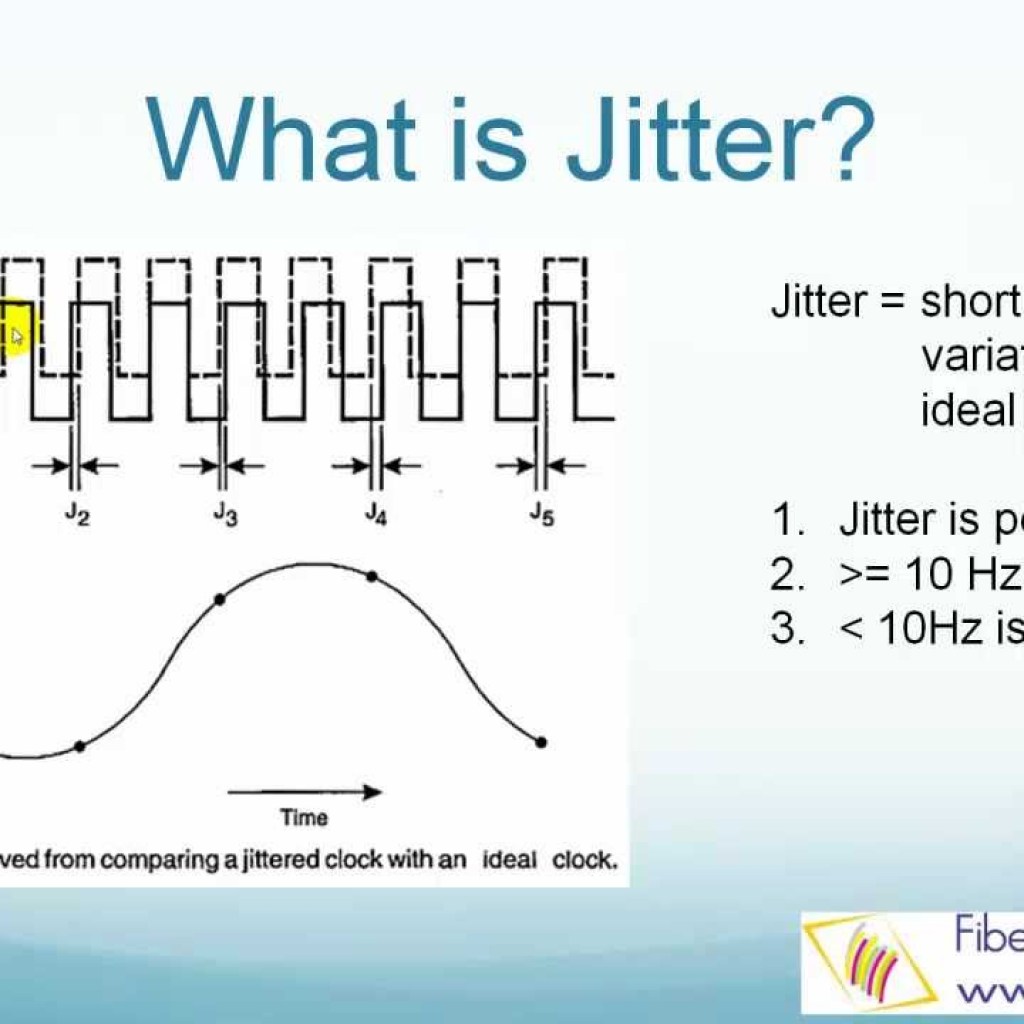Contents

Source: YouTube
Understanding Timing Jitter in Laser Technologies
Introduction to Timing Jitter
Timing jitter is a critical phenomenon in the field of laser technologies, particularly affecting the precision of pulse trains generated by mode-locked and Q-switched lasers. It refers to the deviation of pulse positions from their ideal periodic timing, which can impact various applications, including long-range optical communications and optical sampling.
Types of Timing Jitter
Timing jitter can manifest in several forms, each affecting laser performance differently:
- Clock Tick Deviations: These are discrepancies between pulse positions and the ideal regular clock ticks.
- Oscillator Deviations: Variations between pulse positions and those of a noisy oscillator, such as the one driving a mode-locked laser.
- Pulse-to-Pulse Jitter: This involves deviations in the spacing between consecutive pulses.
Quantifying Timing Jitter
Timing jitter is quantified using various methods, such as the root-mean-square (r.m.s.) value within a specific measurement bandwidth or through power spectral density analysis. These metrics help in understanding the extent of timing deviations and their impact on applications.
Timing Jitter in Mode-locked Lasers
In mode-locked lasers, timing jitter is often associated with phase noise in optical frequency components. Although quantum noise sets a fundamental limit, technical factors like vibrations and resonator drifts typically dominate. Advanced theoretical models are employed to predict and manage these effects.

Measurement Techniques
Various methods are utilized to measure timing jitter in lasers:
- RF Spectrum Analysis: A common approach using photodiode signals, though it has limitations due to assumptions about noise characteristics.
- Phase Detector Method: Often used in actively mode-locked lasers to compare laser timing with electronic drivers.
- Beat Note Method: Utilizes RF techniques for sensitive and versatile jitter measurements, unaffected by electronic noise.
Timing Jitter in Q-switched Lasers
Q-switched lasers experience timing jitter due to fluctuations in factors like pump power and thermal effects. Actively Q-switched lasers may exhibit significant timing variations, which can be mitigated using techniques like injection seeding.
Photodetector Timing Jitter
Photodetectors, such as photodiodes, also contribute to timing jitter, especially when measuring pulse arrival times. The jitter is influenced by detector type and electronics noise, with advanced detectors like SPADs offering improved precision.
Conclusion
Timing jitter is a complex yet crucial aspect of laser technology, influencing the accuracy and reliability of various applications. Understanding its types, measurement, and mitigation strategies is essential for advancing laser technologies and their applications in communication and measurement systems.

Source: tonmeister.ca
Feel free to comment your thoughts.



